Saddle pain / discomfort is an all-too-common complaint amongst cyclists but one many cyclists are reluctant to talk about or believe is just an unavoidable part of their sport! Below we discuss the different types of saddle pain cyclists might experience and how to become comfortable when riding your bike.
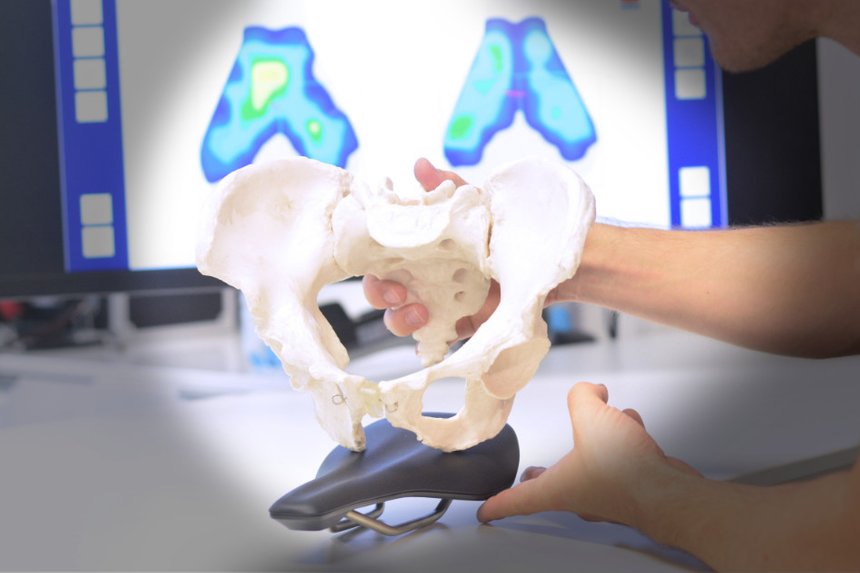
Types of saddle pain
Cyclists may experience different types of saddle pain / discomfort. Four of the most common are:
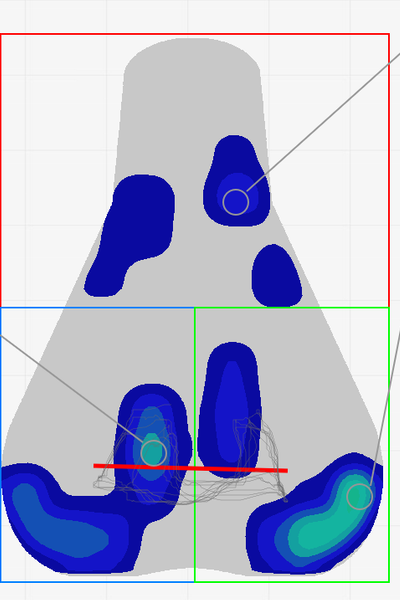
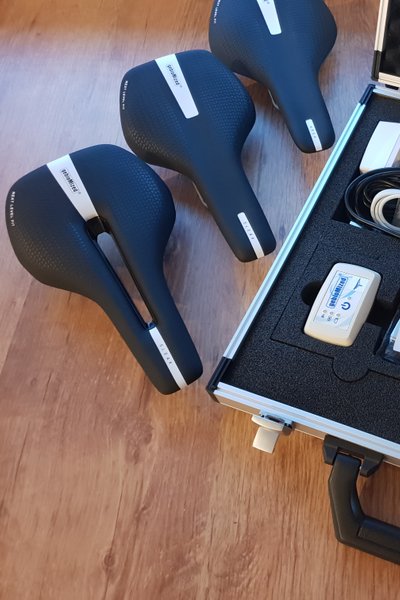
Bike position
There are a number of aspects of the bike position that you can change in an attempt to alleviate saddle pain / discomfort. Below are three changes that you can look to make:
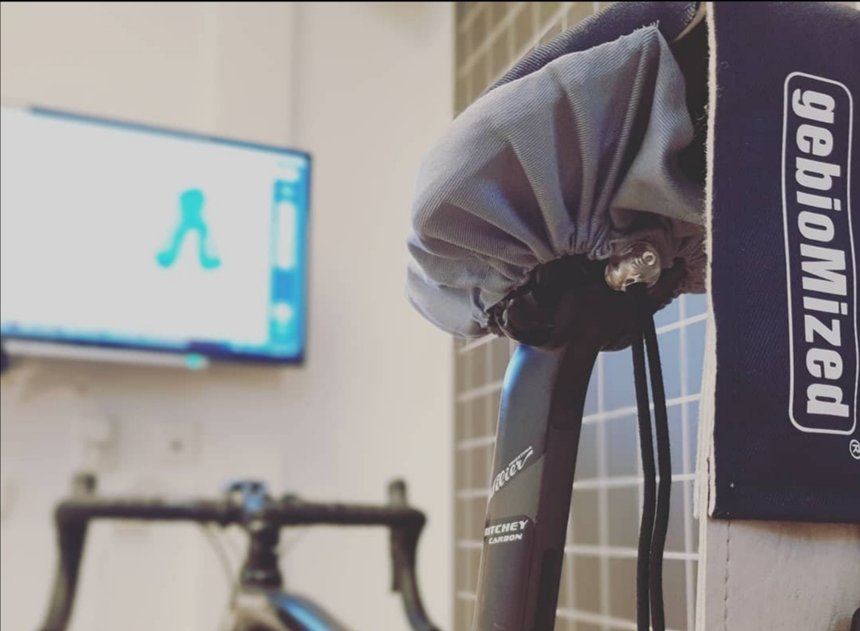
Saddle choice
Unsurprisingly, the first thing that people look to change when experiencing saddle pain / discomfort is the saddle itself. The general rule of thumb when choosing a saddle is to think about how you want to sit (i.e., how aggressive your position is). For less aggressive positions, with a more upright posture, most of your weight should be on your sit bones and thus a wider saddle at the back may work well. However, for more aggressive positions, with an increased forward lean, a narrower saddle at the back but a wider / more padded saddle on the nose will often be needed. When choosing a saddle you also need to consider:
Finding the correct saddle can be an expensive endeavour if you find yourself needing to try lots of different options. However, saddle pressure mapping can drastically speed up this process and allow you to make far more informed decisions on saddle-choice based on actual data.
Other considerations
Other things that you may want to consider when addressing saddle pain / discomfort include:
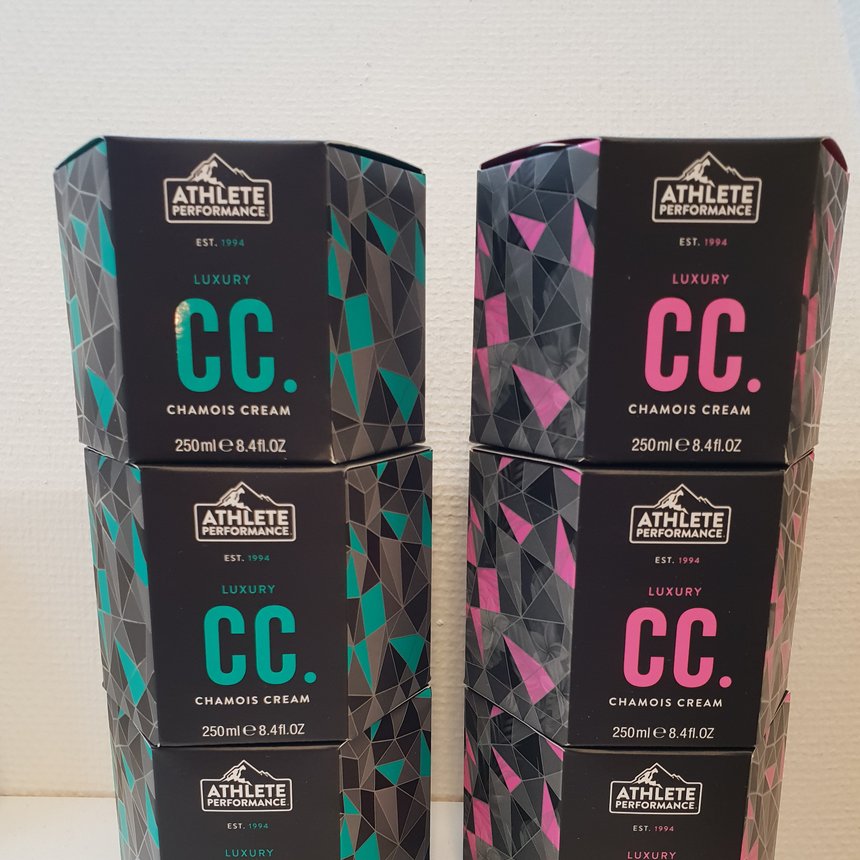
Final thoughts
Saddle pain and discomfort is something many of us as cyclists have experienced and something we definitely should not be shy talking about. Pain and discomfort are signs that something is not right so make sure you don’t just put up with this as this can cause even greater problems!
If you have any further questions, please do not hesitate to get in touch 😊
If you would like any more information about saddle pressure mapping or any of our other services please get in touch.